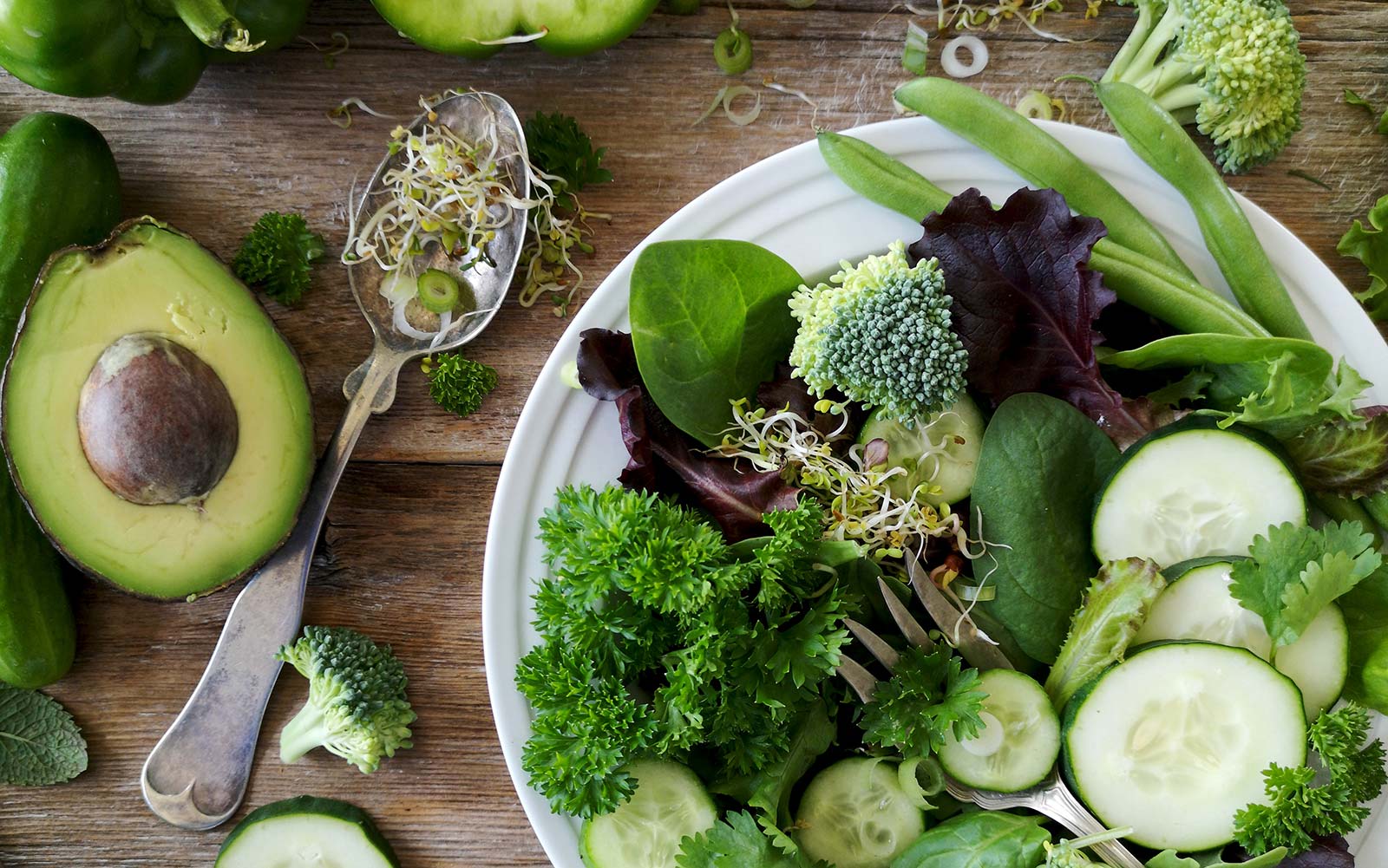There is still much debate over whether the type of underwear a man wears makes a difference in the quality of their sperm; however, research seems to have found the answer.
There’s a reason why the testes are located outside the body, this is to keep them below body temperature, so they do not overheat. The human body is approximately 37 degrees Celsius and in order to produce healthy sperm, the testicles need to hang outside the body to keep them on average about two degrees cooler than the rest of the body.
Heat and sperm do not mix, in fact studies out of Harvard have revealed that increased scrotal temperatures were directly linked to reduced testicular function and sperm quality.
One study published in 2018 revealed that men who wore loose fitting underwear had a sperm concentration 25% higher than those who wore tight fitting underwear. Additionally, looser fitting underwear led to 17% higher total sperm count and a 33% higher motile count compared to the men who wore tighter underwear.
So, are boxers really better for sperm quality than briefs? The research has suggested that underwear choice does make a significant difference.



